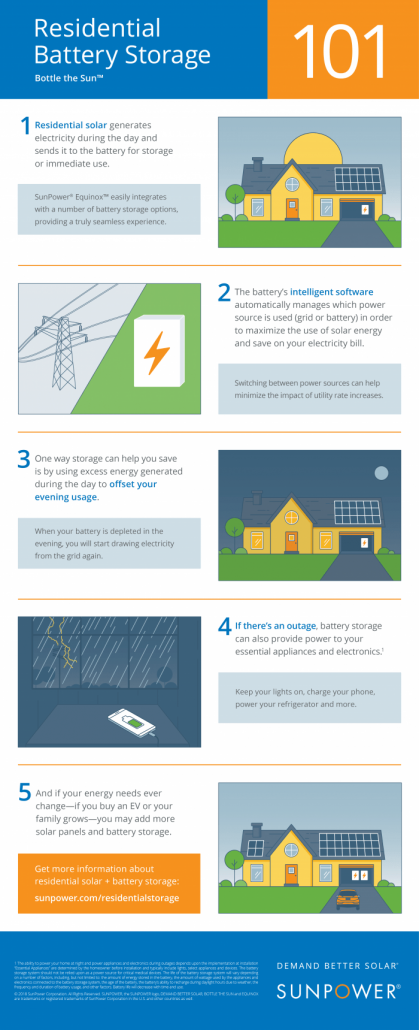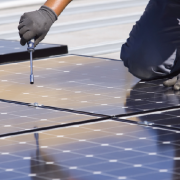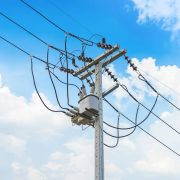Critter Guard
You made a great decision in going solar and your solar panels are an excellent investment. In order to protect your investment, you will want to pay close attention to what may be going on under and around your solar panels.
As we enter into the summer months, we typically see an increase in bird and critter activity, especially if your home is near trees or overhead wires. Rooftop solar panels create an ideal environment for pigeons and other birds to nest and roost. The panels provide shade from the hot sun and a sense of security from predators. Also, squirrels can be notorious for nesting under rooftop panels and can possibly chew through exposed or hanging wires. They may use their teeth to cut power lines to and from solar panels and, if they chew the right wire, this could lead to expensive and unwanted repairs.

If you notice an increase in bird and squirrel activity around your home, it’s critical to check and make sure they’re not nesting underneath your panels.
In most cases, you won’t need Critter Guard, but if you do see squirrels or birds in or around your system and want a high strength screen around the panels then call us today at 508-377-4037 or email us at info@sgegroup.com for a Critter Guard quote.









